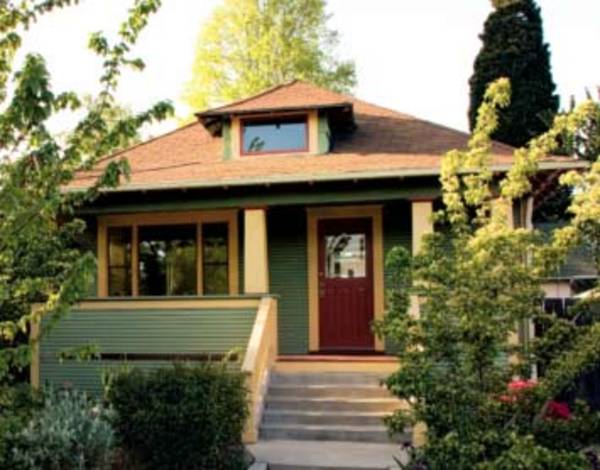
Photo by Kaboompics // Karolina from Pexels.
By now, just about every North American paint manufacturer has moved to low- or no-VOC paints. (For the uninitiated, VOC stands for volatile organic compounds, gases implicated in indoor chemical sensitivities and outdoor smog.) Makers of milk paint point out that their products, made from milk proteins, lime, and pigment, have always been non-toxic.
Low VOC Paint
Benjamin Moore rolled out its zero-VOC line, Natura. Then Farrow & Ball eliminated all of its oil-based finishes, making 90 percent of its paint low- or zero-VOC. The company claims the eco-friendly formulation delivers the same performance as its oil-based products.
Since the U.S. has no performance standards for paint, however, the jury is still out. What’s just as confusing is that paints touted as eco-friendly can be water-based, oil-based, alkyd-based, or acrylic. Further, not all toxins are VOCs. Some paints still contain ingredients anyone would consider toxic, including heavy metals.

This Portland bungalow just got a fresh coat. When selecting paint, consider its longevity, not just the colors (or price per gallon).
John Lahey, owner of Fine Paints of Europe, points out that most paints sold here are designed to last just about as long as the average American stays in one place: four years. Manufacturers try to keep their products priced at $20–$40 per gallon. Compare that to paints for marine use, like those by Epifanes, which cost $100 per gallon and up.
A $20 gallon of paint doesn’t last nearly as long as paint that costs $100, says Lahey, whose oil-based Hollandlac enamel meets both marine and LEED (green building certification) standards. “What we should really be doing is examining the entire life cycle of a can of paint.”
Cheaper paints tend to be extended with fillers like chalk rather than pigment, he says. Paints made mostly of resin and pigment—like the paints of past centuries—are stronger and last longer than most commercial American paints. Such high-performance paints tend to give 30 percent or more wall coverage per gallon and can last three to four times as long. “A manufacturer can do things at $100 per gallon that can’t be accomplished at $30 or $40,” Lahey says.
If the new, eco-friendly paints stand up for four or five years, that may seem like a good environmental bargain, especially for zero- or low VOC paint that eliminates other toxins (and even odors), like those from Mythic Paint, Bioshield, and AFM Safecoat. On the other hand, it costs a lot more, energy-wise, to make four cans of paint than one.
For exterior paints, those considered low-VOC have about 50 VOC units per gallon, as opposed to less than 10 for interior paints. Not all VOCs are created equal—some are harmful, others are not. “Every time you paint, damage is done to the environment, no matter whose paint you use,” says Lahey. When VOC levels are more or less equal, “it stands to reason that the paint that lasts the longest is the better choice.”
View all Paints & Finishes in the Products & Services Directory.







